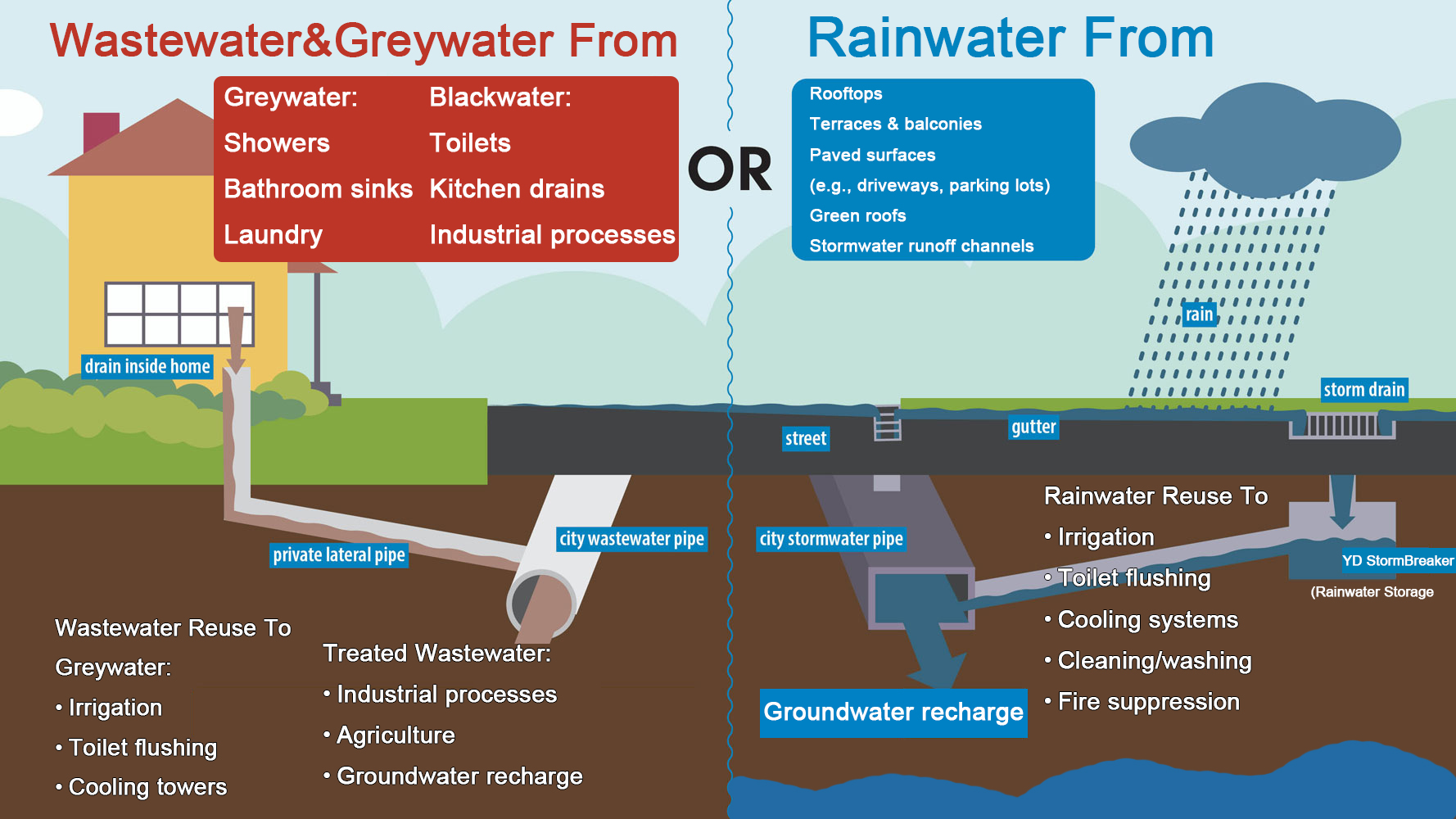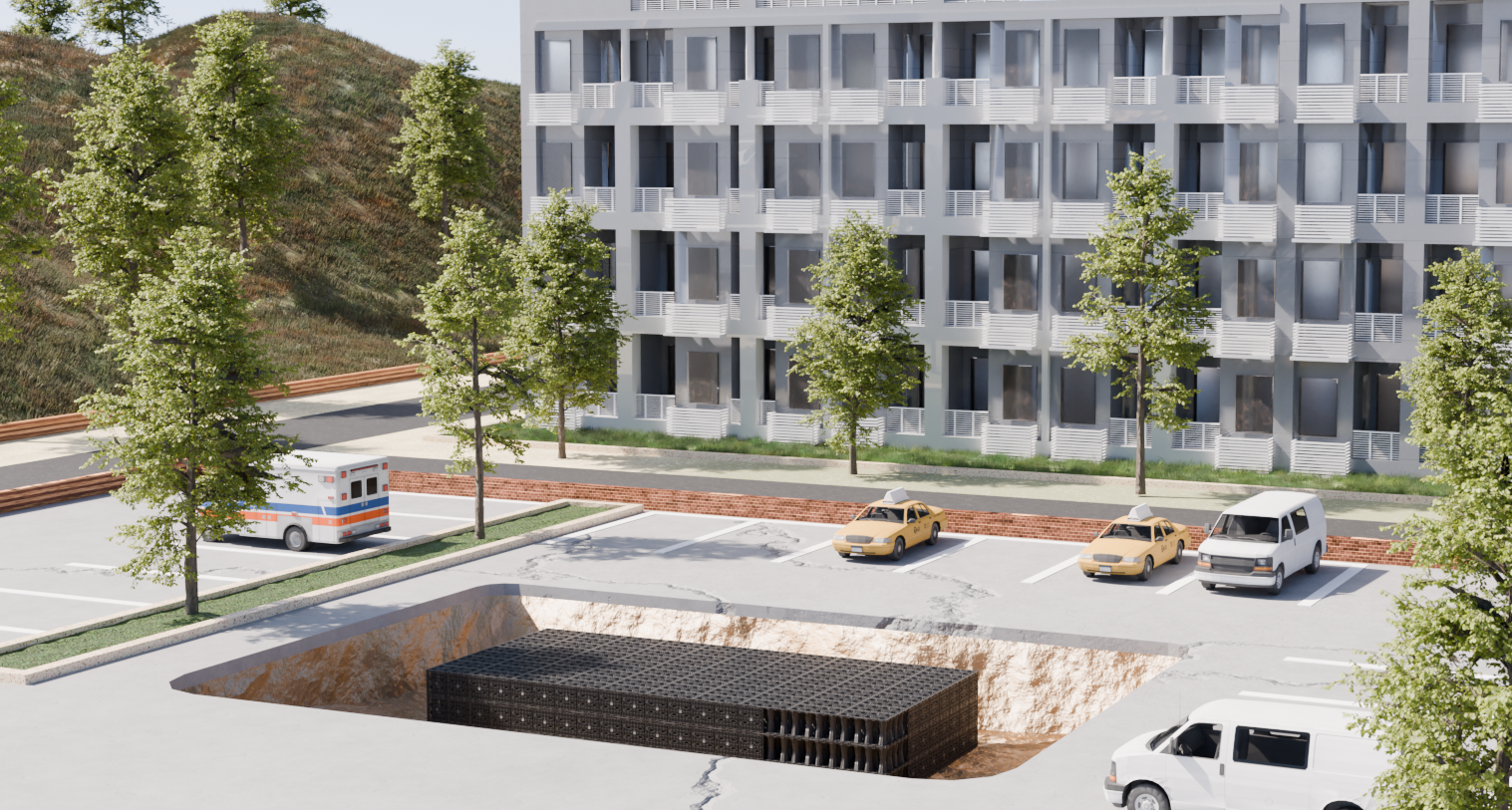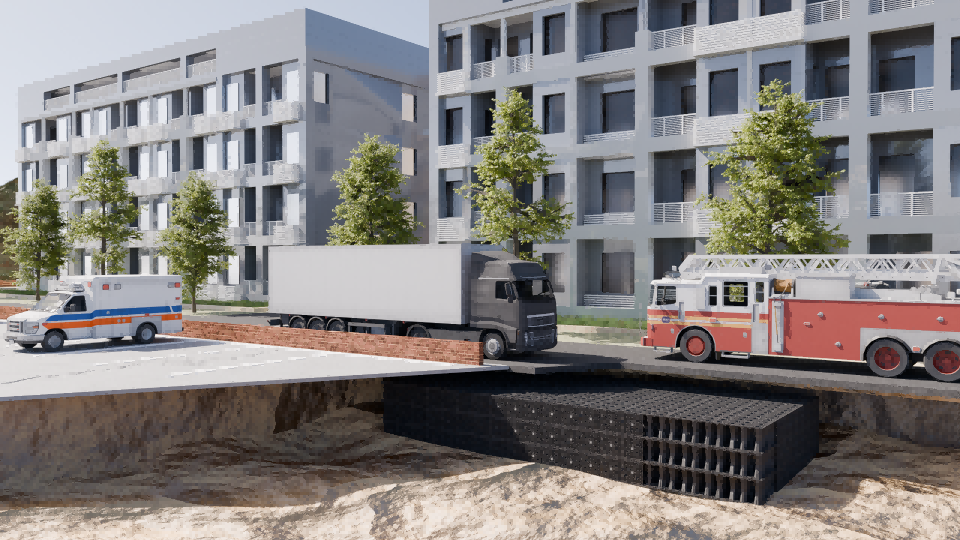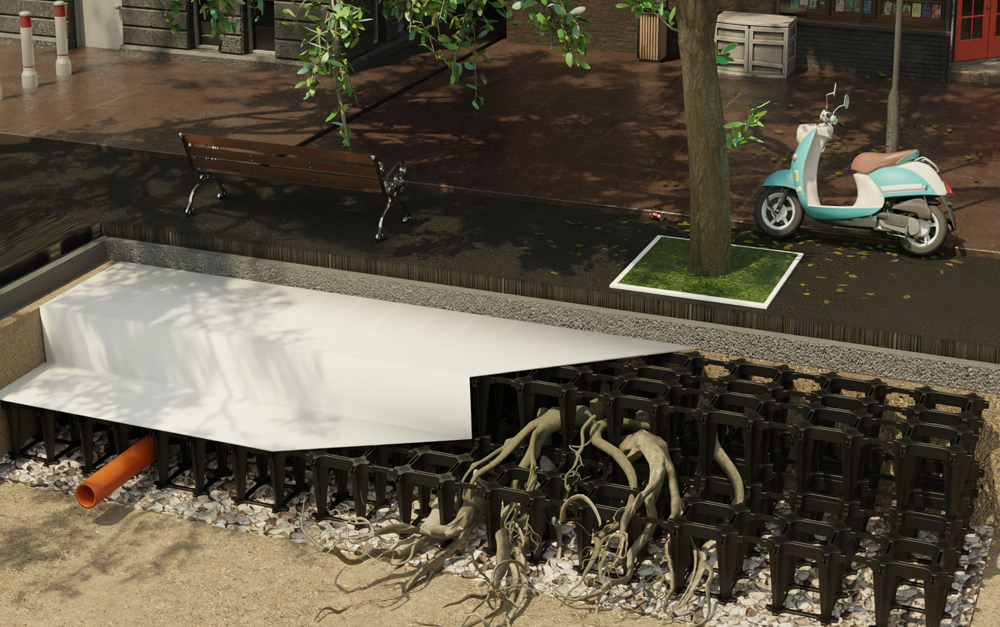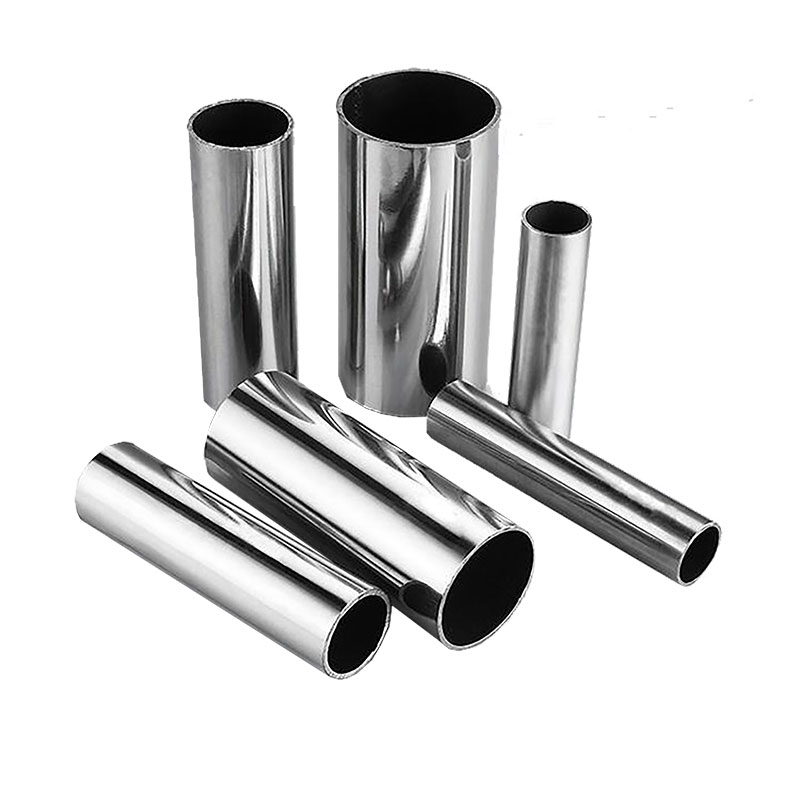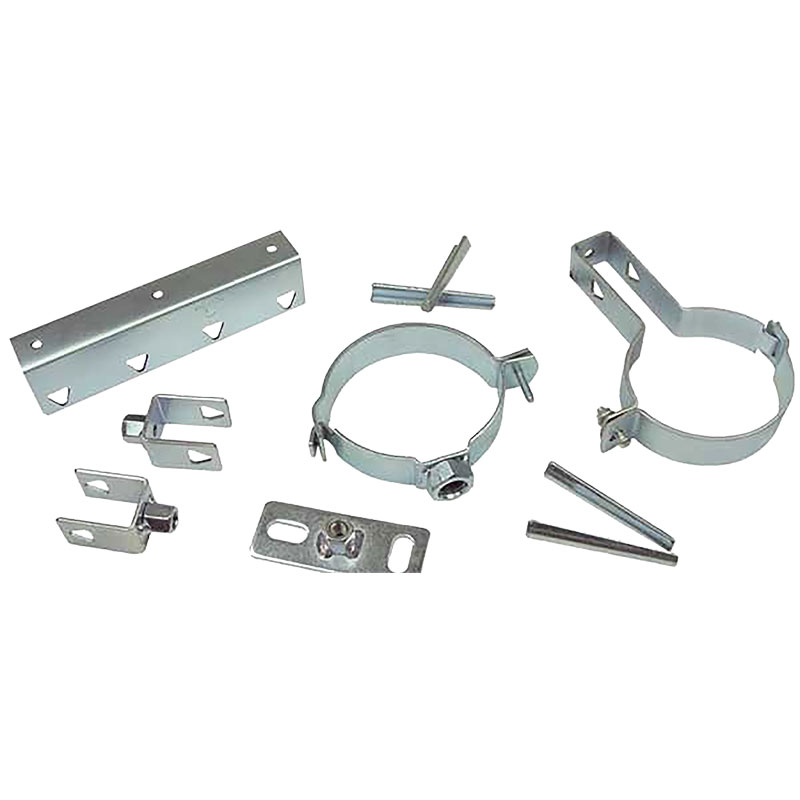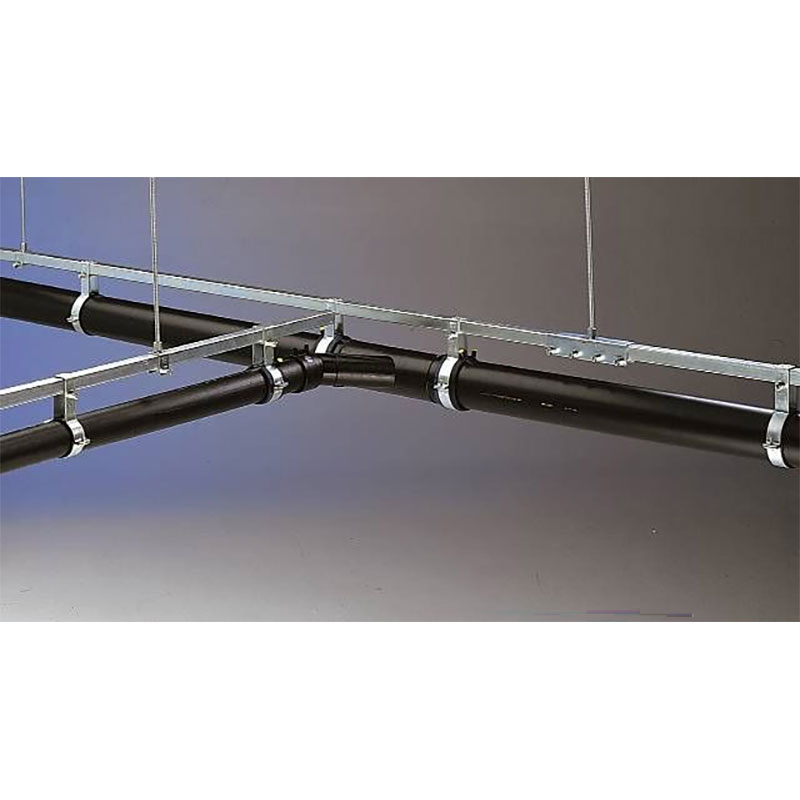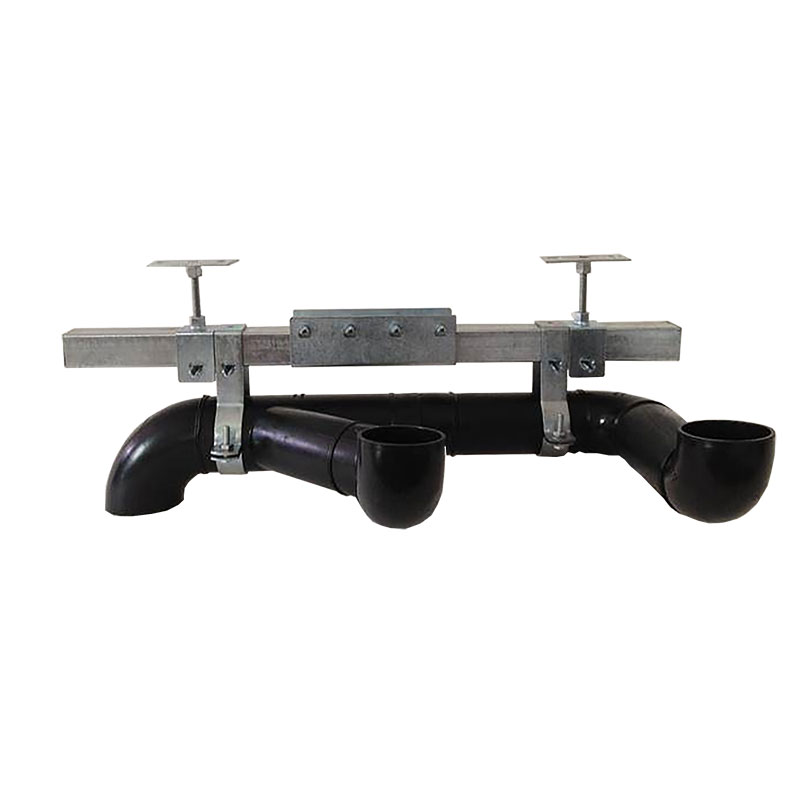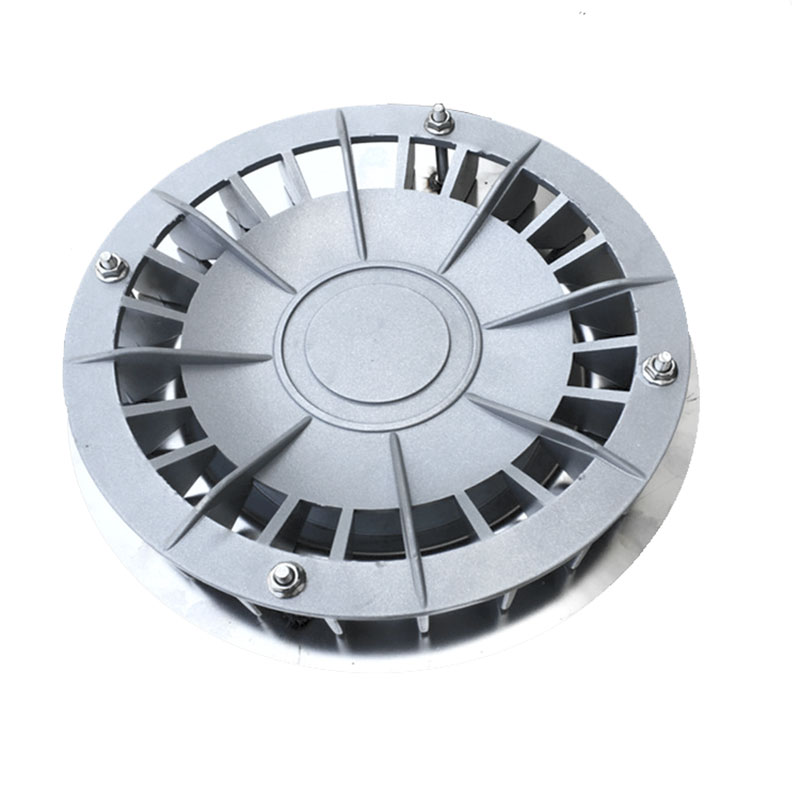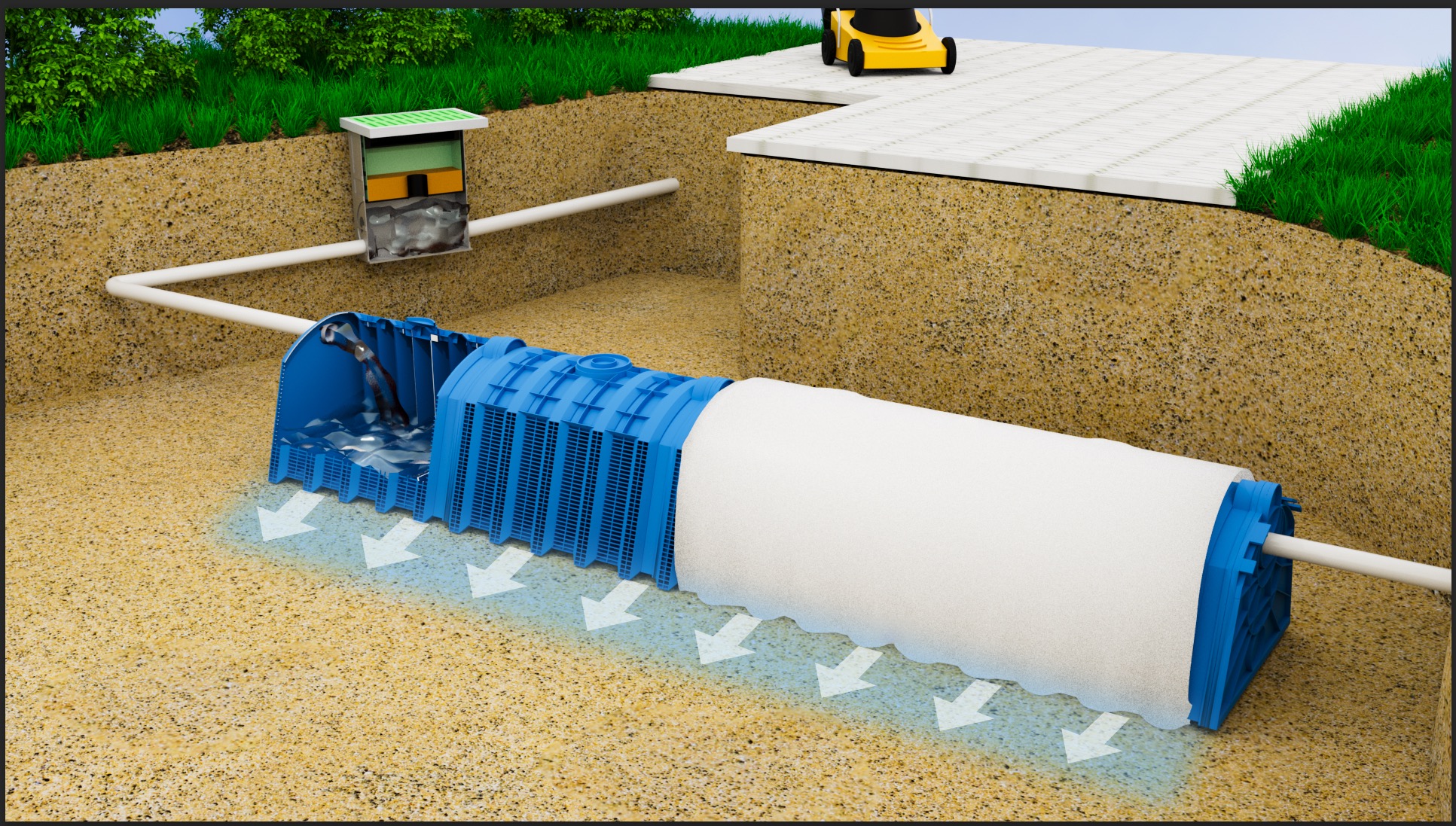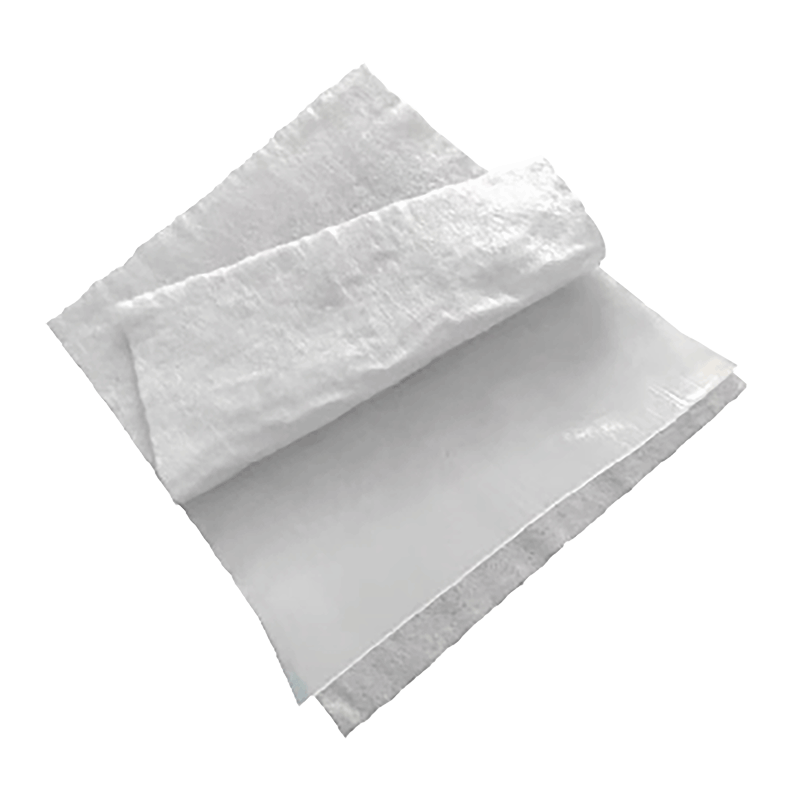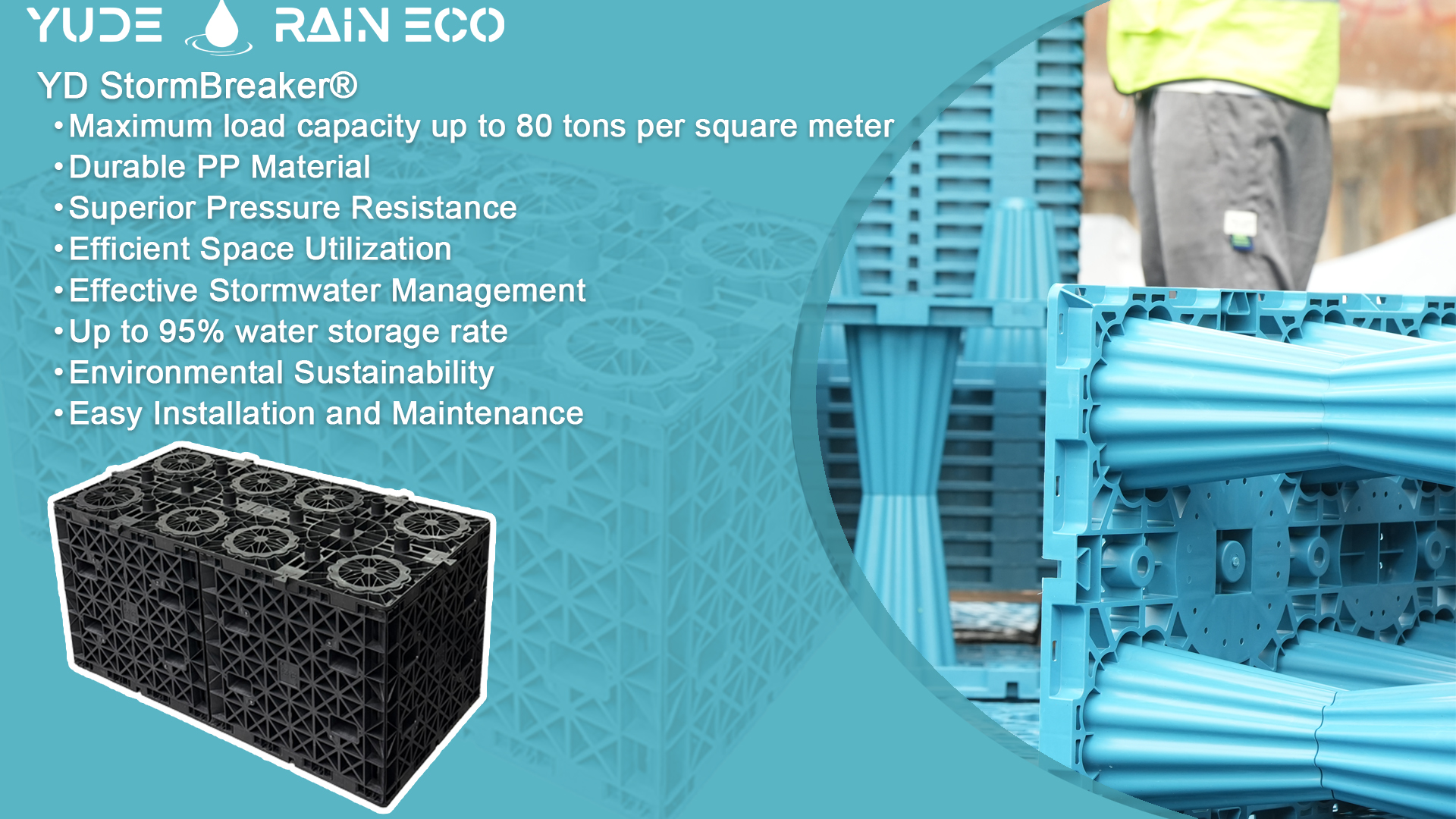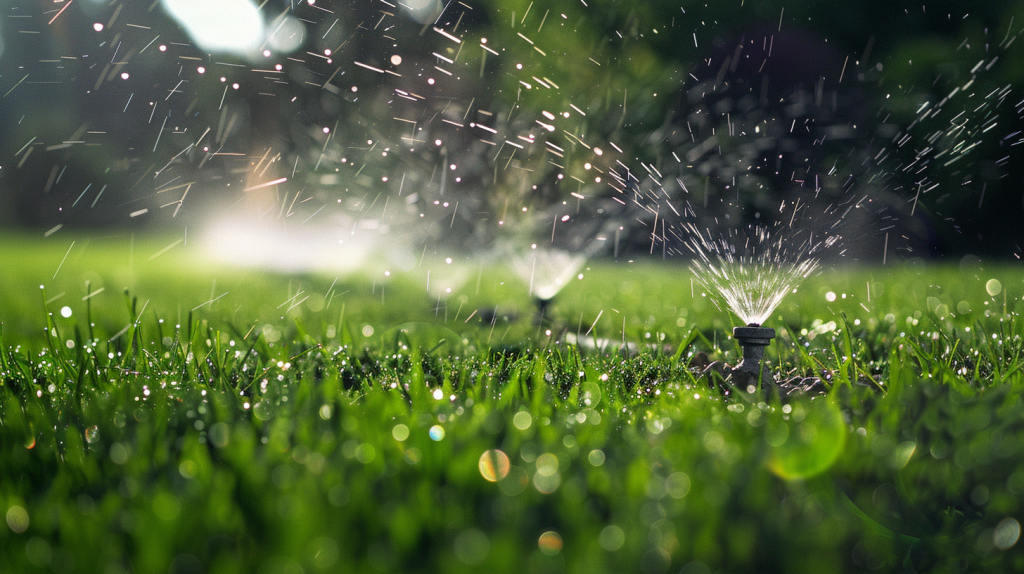In today’s rapidly urbanizing world, stormwater management has become a critical component of urban planning, infrastructure development, and environmental protection. With the increasing frequency of extreme weather events and climate change impacts, managing runoff from rainfall and snowmelt is essential to maintain public safety, ecological balance, and sustainable water use.
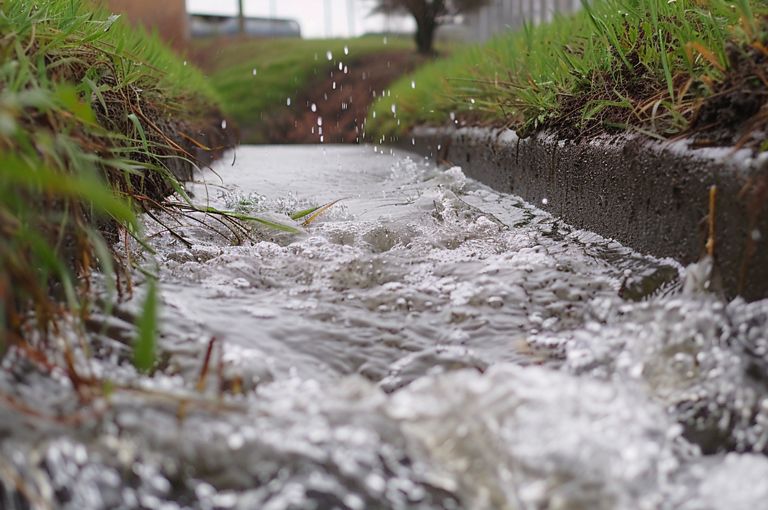
Overview of Stormwater Management
Stormwater management refers to the strategies, systems, and technologies used to collect, convey, treat, and reuse precipitation runoff that flows over land or impervious surfaces (like roads, rooftops, and parking lots). It addresses both the quantity and quality of stormwater to minimize flooding, control erosion, reduce pollution, and support urban resilience.
Core Objectives of Stormwater Management:
- Flood Mitigation
- Water Quality Protection
- Erosion and Sediment Control
- Infrastructure Protection
- Regulatory Compliance
- Groundwater Recharge
Key Components of Stormwater Management
- Conveyance and Drainage Networks
These include storm drains, culverts, pipes, and open channels that transport runoff to designated outlets. They are engineered to handle peak rainfall intensity, reducing surface flooding and roadway washouts. - Detention and Retention Basins
- Detention basins temporarily hold stormwater and slowly release it to downstream systems.
- Retention basins hold water permanently and allow infiltration, acting as water quality buffers and urban wetlands.
- Green Infrastructure
Integrates vegetation, soil, and natural processes to manage runoff where it falls. Examples:- Rain gardens
- Permeable pavements
- Bioswales
- Green roofs
- Urban tree pits
- Rainwater Harvesting Systems
Capture and store rainwater for non-potable uses such as irrigation, flushing toilets, and cooling systems. This reduces demand on potable water supplies and minimizes runoff. - Underground Infiltration and Storage Modules
Systems like Yude Rain Eco’s YD StormVault® modular tanks are used to detain, infiltrate, or store large volumes of stormwater underground—ideal for space-constrained urban environments.
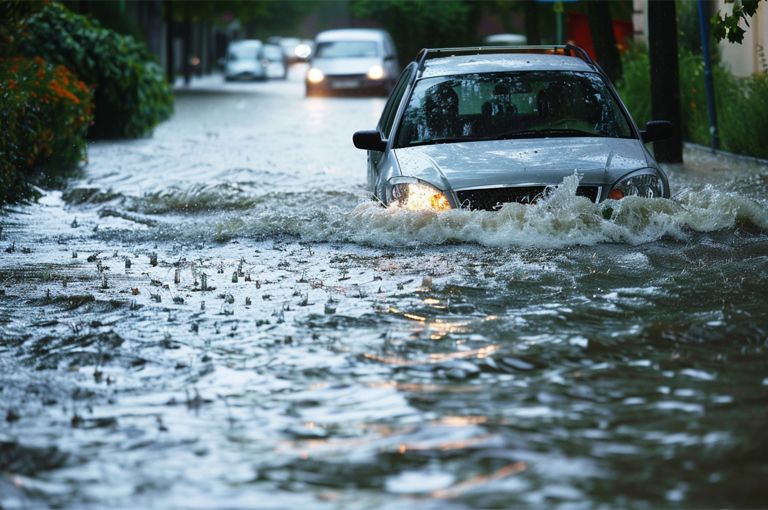
The Importance of Stormwater Management
1. Flood Risk Reduction
In urban areas with high impervious coverage, rainfall rapidly becomes runoff, overwhelming conventional drainage systems. Strategic stormwater management:
- Prevents urban flooding
- Protects homes, infrastructure, and lives
- Reduces disaster recovery costs
2. Water Quality Protection
As stormwater flows across urban surfaces, it collects pollutants like heavy metals, oil, microplastics, and nutrients. Without intervention, these contaminants end up in rivers, lakes, and oceans. Stormwater systems:
- Filter out sediments and pollutants
- Protect aquatic ecosystems
- Reduce algal blooms and eutrophication
3. Soil and Slope Stabilization
Uncontrolled runoff accelerates soil erosion, undermining roadways, slopes, and building foundations. Vegetated buffers, energy dissipators, and infiltration systems stabilize soil, preserving both natural and built environments.
4. Climate Resilience and Urban Heat Mitigation
Integrating green stormwater infrastructure:
- Increases vegetation and canopy cover
- Enhances evapotranspiration
- Mitigates urban heat island (UHI) effects
- Improves public comfort and energy efficiency
5. Regulatory and Development Compliance
Governments and municipalities now mandate stormwater plans in new developments. Compliance ensures:
- Sustainable site planning
- Avoidance of penalties or legal action
- Contribution to community-level resilience goals
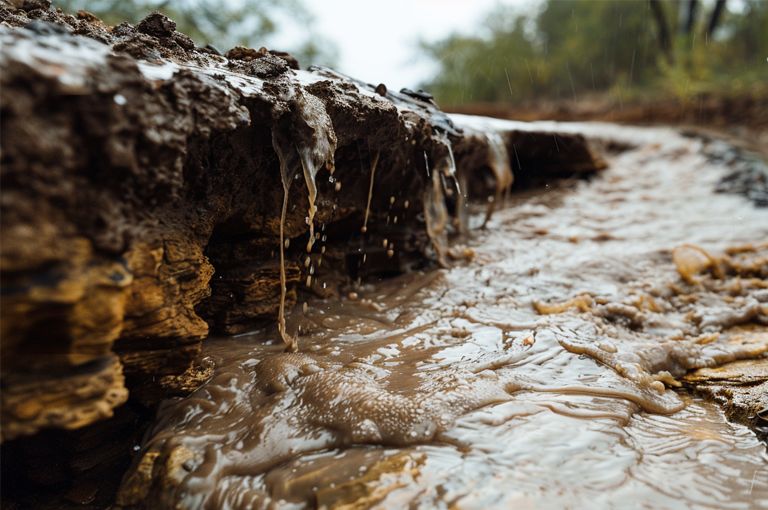
The potential hazards of rainfall in different environments:
| Environment | Potential Hazards |
|---|---|
| Urban Areas | – Flooding of streets and homes due to poor drainage systems.
– Overflow of stormwater systems leading to road washouts. – Sewer overflows causing contamination. – Erosion of infrastructure foundations. – Traffic disruptions and accidents due to waterlogged roads. – Damage to electrical systems and power outages. – Increase in vector-borne diseases due to stagnant water. |
| Rural Areas | – Flooding of agricultural land leading to crop damage.
– Soil erosion affecting agricultural productivity. – Damage to rural infrastructure such as bridges and roads. – Waterlogging leading to reduced soil fertility. – Contamination of drinking water sources. – Landslides in hilly or mountainous regions. |
| Mountainous Areas | – Landslides and rockfalls endangering lives and property.
– Flash floods in valleys and gorges. – Soil erosion leading to loss of vegetation. – Road and trail washouts disrupting transportation. – Increased risk of avalanches in snow-covered regions. – Isolation of communities due to blocked roads and paths. |
| Coastal Areas | – Coastal flooding due to storm surges combined with heavy rainfall.
– Erosion of coastal land and beaches. – Saltwater intrusion into freshwater systems. – Damage to coastal infrastructure such as docks and buildings. – Contamination of water supplies with salt and debris. – Impact on marine ecosystems and coastal habitats. |
| Desert Areas | – Flash floods due to rapid runoff in dry riverbeds (wadis).
– Erosion of desert terrain. – Formation of temporary lakes that can disrupt local ecosystems. – Damage to desert infrastructure such as roads and pipelines. – Mudslides on loose, sandy slopes. – Risk of sudden and severe weather changes impacting local communities. |
| Forested Areas | – Increased risk of landslides due to saturated soils.
– Erosion of forest floor and riverbanks. – Flooding of forest streams affecting wildlife. – Increased risk of tree falls due to weakened root systems. – Disruption of forest trails and roads. – Potential for forest diseases and pests due to high humidity. |
| Agricultural Areas | – Flooding of fields leading to crop loss.
– Soil erosion reducing agricultural productivity. – Waterlogging impacting plant growth. – Contamination of water sources with pesticides and fertilizers. – Spread of plant diseases due to prolonged wet conditions. – Damage to agricultural infrastructure such as irrigation systems and storage facilities. |
| Arctic and Subarctic | – Permafrost thawing leading to ground instability.
– Increased risk of landslides and slumps. – Flooding of low-lying areas due to rapid snowmelt. – Erosion of coastal and riverbank areas. – Impact on indigenous communities and their traditional ways of life. – Disruption of wildlife habitats and migration patterns. |
How does stormwater management help?
Stormwater management involves the use of strategies and systems to manage the runoff of rainwater and snowmelt. These methods are designed to address various environmental, infrastructure, and public health concerns associated with stormwater. Effective stormwater management provides numerous benefits, including flood prevention, water quality improvement, erosion control, environmental protection, infrastructure longevity, and regulatory compliance.
Key Benefits of Stormwater Management
- Flood Prevention
Runoff Control: Stormwater management systems control the flow and volume of runoff, reducing the risk of flooding. This is crucial in urban areas with many impervious surfaces like roads and buildings, which prevent water from infiltrating into the ground.
Retention and Detention Basins: These structures temporarily hold stormwater, releasing it slowly to prevent overwhelming drainage systems and causing floods.
- Water Quality Improvement
Pollutant Removal: Runoff can carry pollutants such as oils, chemicals, and sediments into water bodies. Stormwater management practices like green infrastructure and filtration systems help remove these pollutants, protecting the quality of rivers, lakes, and groundwater.
Green Infrastructure: Methods such as rain gardens, green roofs, and bioswales use natural processes to filter and clean stormwater, reducing contaminants entering water systems.
- Erosion Control
Soil Stabilization: Uncontrolled stormwater can cause significant soil erosion, damaging landscapes and infrastructure. Stormwater management practices, including vegetation buffers and proper drainage systems, help stabilize soil and prevent erosion.
Streambank Protection: Managing stormwater flow helps protect riverbanks and streambanks from erosion, preserving natural waterways and their habitats.
- Environmental Protection
Habitat Preservation: Effective stormwater management supports ecosystems by maintaining natural hydrology and protecting aquatic habitats. This ensures that water bodies remain healthy and resilient.
Biodiversity Support: By preventing pollution and erosion, stormwater management contributes to preserving the biodiversity of aquatic and terrestrial ecosystems.
- Urban Infrastructure Longevity
Reduced Burden on Systems: Proper stormwater management reduces the burden on urban drainage systems, preventing wear and tear and extending their lifespan. This leads to lower maintenance costs and fewer repairs.
Infrastructure Protection: By controlling the flow and volume of stormwater, these systems help protect roads, bridges, and buildings from water damage.
- Regulatory Compliance
Meeting Legal Requirements: Many regions have regulations requiring effective stormwater management to prevent environmental degradation and protect public health. Compliance with these regulations is essential for sustainable development.
Avoiding Penalties: Proper stormwater management helps municipalities and businesses avoid fines and penalties associated with non-compliance.
How Yude Rain Eco Helps Address Stormwater Challenges
Yude Rain Eco offers end-to-end stormwater solutions tailored for diverse urban and environmental contexts. Through innovative design, high-performance materials, and modular systems, we enable cities and developers to implement scalable, resilient water infrastructure.
1. YD StormVault® – Underground Storage & Infiltration System
- Modular Design: Configurable to site size and water volume
- PP Material: Corrosion-resistant and structurally durable
- Load Bearing Options: Supports light vehicles to heavy trucks (32T–60T+)
- Applications: Parking lots, plazas, highways, industrial sites, green buildings
2. Siphonic Drainage Systems – YD StormAero®
- Full-bore Efficiency: Accelerates flow without oversized piping
- Anti-leak Construction: Fusion-welded HDPE + stainless steel outlets
- Space Saving: Ideal for flat roofs and large buildings
3. Rainwater Harvesting Modules
- Water Reuse: For irrigation, flushing, industrial cooling
- High-Capacity Storage: Rapid deployment in urban or rural projects
- Cost-Effective: Reduces municipal water dependence and stormwater utility fees
Yude Rain Eco’s Solutions for Stormwater Management
Advanced Siphonic Drainage Systems
- Efficient Water Flow: Yude Rain Eco’s siphonic drainage systems are designed to efficiently manage large volumes of rainwater. These systems utilize siphonic principles to create a full-bore flow, increasing the capacity of drainage systems without the need for large pipes.
- Durability and Reliability: The systems feature components made from high-quality materials such as 304 stainless steel and HDPE pipes. These materials ensure long-term durability, resistance to corrosion, and reliability in various environmental conditions.
- Leak Prevention: The joints in the HDPE pipes are made using heat fusion butt welding, ensuring a secure and leak-proof connection. Special electrofusion fittings and wraps are used for difficult-to-connect sections, further preventing leaks.
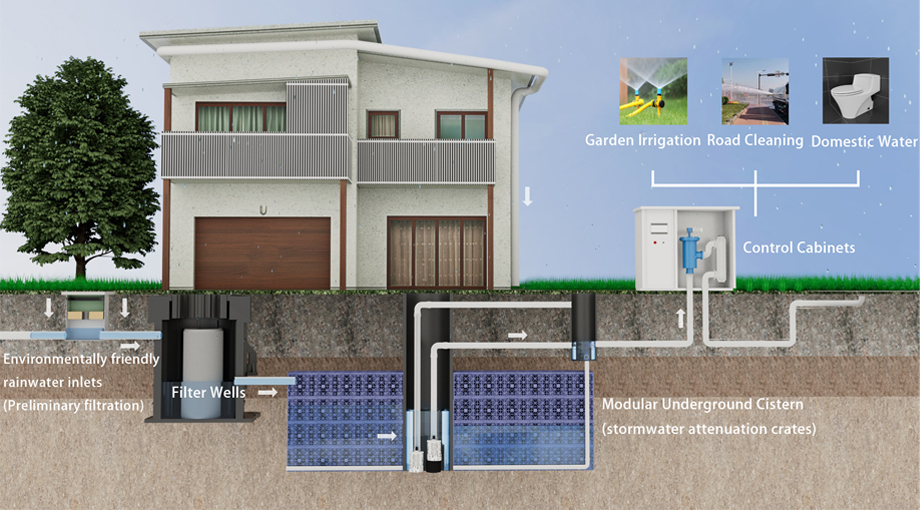
Rainwater Harvesting Modules
- Versatile and Efficient: Yude Rain Eco’s rainwater harvesting modules are made from lightweight, strong, and corrosion-resistant polypropylene (PP). These modules are designed to efficiently collect and store rainwater for various uses, including irrigation, flushing, and cleaning.
- Large Capacity and Flexibility: The modules offer large capacity spaces and can be flexibly combined based on actual needs. This makes them suitable for a variety of geographic environments and locations.
- Sustainable Water Management: By promoting the use of harvested rainwater, Yude Rain Eco helps reduce the demand for potable water and supports sustainable water management practices.
Comprehensive Urban Infrastructure Improvements
- Customized Solutions: Yude Rain Eco provides customized solutions tailored to the specific needs of urban areas. This includes designing and implementing stormwater management systems that integrate with existing infrastructure.
- Protecting Urban Environments: By improving urban drainage systems and reducing the risk of flooding, Yude Rain Eco helps protect urban environments from water damage and ensures the longevity of infrastructure.
- Ecosystem Preservation: The company’s solutions also support the preservation of local ecosystems by preventing water pollution and controlling erosion.
Why Choose Yude Rain Eco?
Expertise and Innovation
Advanced Technologies: Yude Rain Eco utilizes advanced technologies and innovative designs to provide effective stormwater management solutions.
Professional Knowledge: With a deep understanding of rainwater harvesting and drainage systems, Yude Rain Eco offers professional advice and services tailored to client needs.
Sustainability and Environmental Protection
Eco-Friendly Solutions: The company’s products and systems are designed with sustainability in mind, promoting eco-friendly practices and reducing environmental impact.
Resource Conservation: By enabling efficient rainwater harvesting and management, Yude Rain Eco helps conserve valuable water resources and reduce reliance on municipal water supplies.
Quality and Reliability
High-Quality Materials: Yude Rain Eco uses high-quality materials that ensure the durability and reliability of its systems.
Long-Term Performance: Our company’s solutions are built to last, providing long-term performance and reducing the need for frequent maintenance and replacements.
Building Resilient Communities Through Smart Water Design
Stormwater management is more than just drainage—it’s a foundational pillar of climate resilience, public health, and water conservation. By combining engineered systems with nature-based infrastructure, cities can transform challenges into sustainable opportunities.
Yude Rain Eco is your partner in designing smart, scalable, and sustainable stormwater infrastructure for a better urban future.
Yude Rain Eco – Your Global Partner in Integrated Rainwater and Stormwater Solutions.


